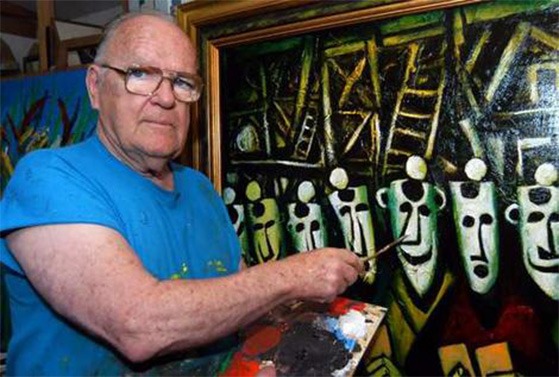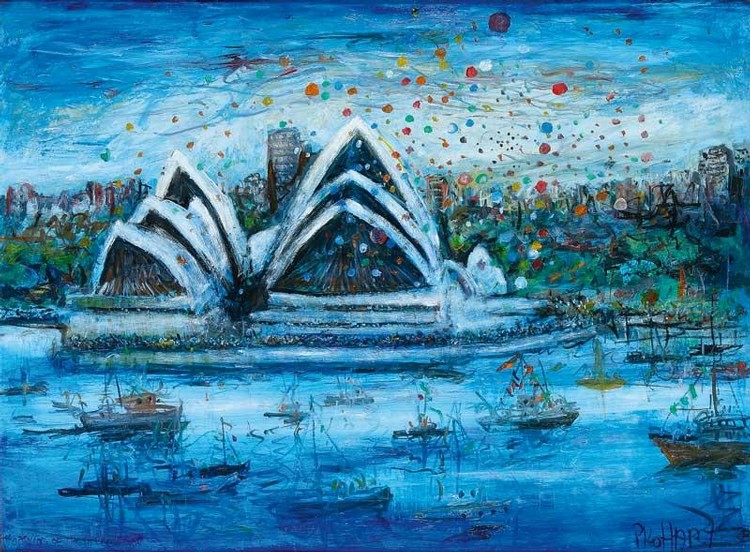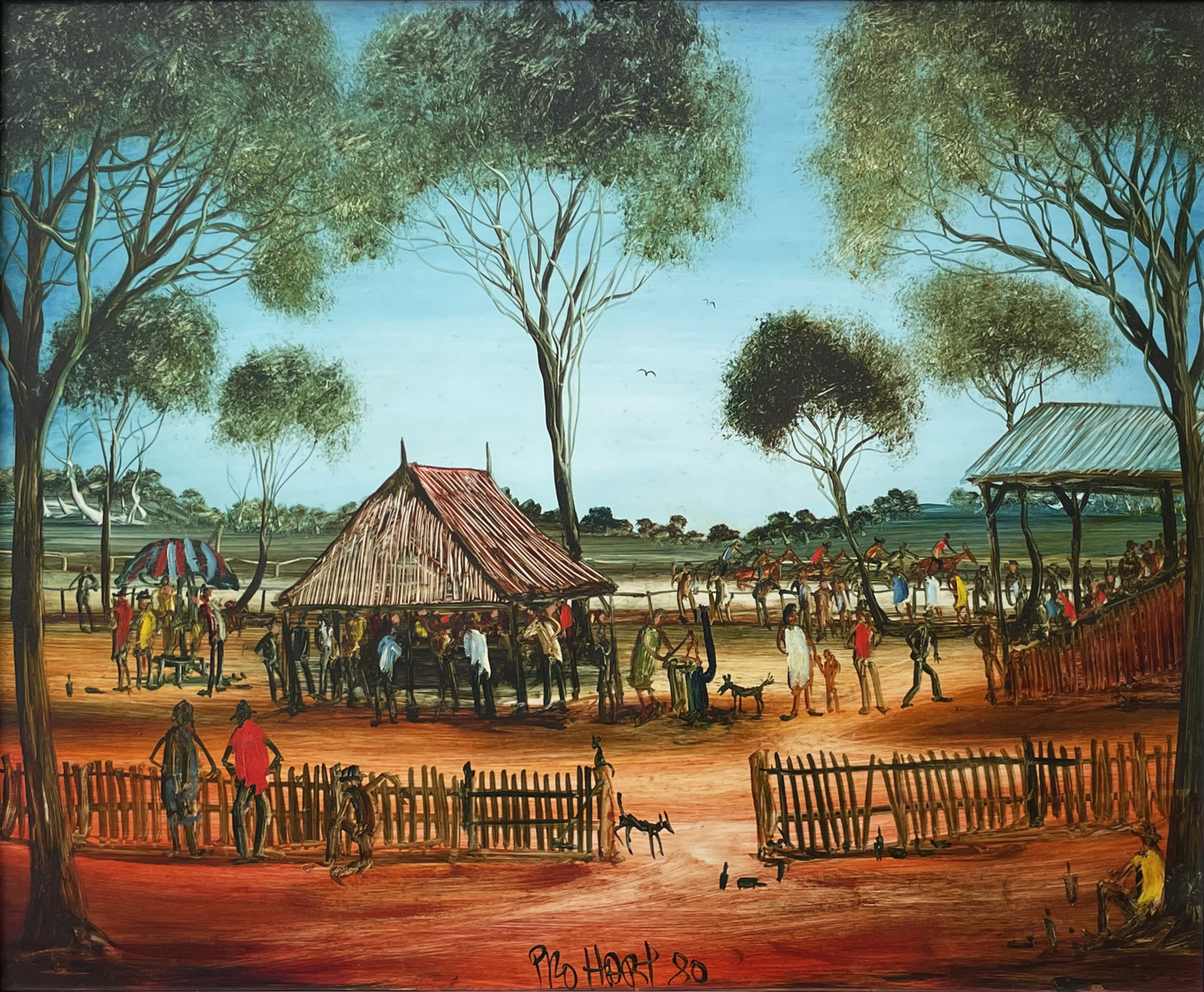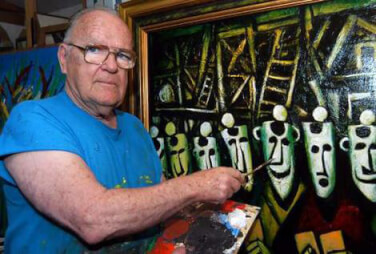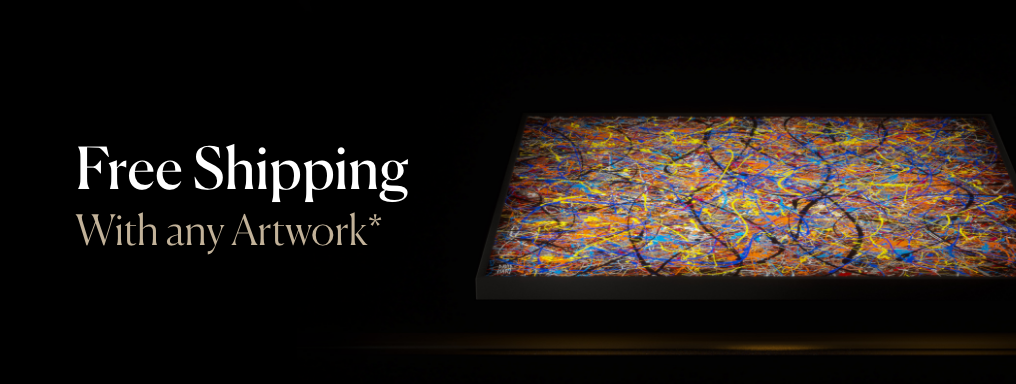AUSTRALIAN art historian Bernard Smith remembered yesterday the surprise expressed when “the most powerful art critic in the world” spoke favourably of a painting by an ex-miner from Broken Hill.
Mr Smith, then professor of contemporary art at the University of Sydney, was showing New York critic Clement Greenberg and his admirers around a gallery in the late 1960s.
“A very interesting passage of painting there, isn’t it?” Greenberg said of a work by Pro Hart, who died aged 77 at his home in Broken Hill early yesterday after battling motor neurone disease since late last year.
“And all the others (were) whispering, ‘He likes Pro Hart’,” Mr Smith recalled. “They couldn’t believe it.”
The artist himself, born Kevin Charles Hart, once said: “The art mafia doesn’t like me.”
Debate on the merits of one of Australia’s most commercially successful and prolific artists continued yesterday as news of his death emerged.
“I think for a few years there he was an extraordinarily good painter,” said Stuart Purves, owner of Australian Galleries in Melbourne and Sydney. The first painting he sold 40 years ago was by Hart “and one of the problems with all sorts of people is that fame doesn’t necessarily favour them.
“Although I wouldn’t want to say he wasn’t a good painter, I think somehow or other, through the attention that was given to him and perhaps the demands that followed, that attention somehow or other encroached upon that lovely innocence.”
Age critic Robert Nelson writes today: “I can understand why people like his work (because it’s warm and friendly and approachable) but ultimately, Hart’s pictures lack credibility. They aren’t really celebrations of the Australian bush so much as a triumph of corn, a festival of brown effects, produced by a brush in imitation of a sponge.”
Hart worked in the lead and zinc mines of Broken Hill for years before he was discovered in the early 1960s by a city gallery looking for outback images.
Professor Smith describes him as “a naive painter … who did it on his own. That is to say he found it out of himself.”
His local federal MP, Community Services Minister John Cobb, said yesterday he had always been stunned that the “Australian National Gallery refused to hang any of Pro Hart’s work despite his special place on the Australian art scene”.
The National Gallery has an etching, a 1978 Christmas card, from Hart, who had his DNA impregnated into his paintings to prevent forgery. Hart’s work is not represented in the collection of the National Gallery of Victoria. It released a statement yesterday saying that Hart had developed a “highly distinctive style which was admired and enjoyed by a huge number of people. His ability to thin paint down and work with great fluidity and dexterity reflects one of the stylistic phenomena of the 1960s and suggests he was influenced by Sidney Nolan, another great interpreter of the outback.”
The Art Gallery of NSW has none of Hart’s work.
Christopher Menz, director of the Art Gallery of South Australia, which has two Hart landscapes, said Hart had made “quite an important contribution” to Australian art.
Christie’s director John Dwyer said the highest price paid for a Hart was $99,875 for The Banjo Paterson Mural, sold in May 2003, and he predicted “a complete reinvention of his prices and his standing”.
Mr Dwyer said an average range at auction was $15,000 to $25,000, and the average had slowly increased in the past 18 months.
He said Hart had sold well in Britain, the United States and Japan “and that would only happen with people like Sidney Nolan, Arthur Boyd or Brett Whiteley”.
Mr Dwyer compared Hart with Sydney artist Ken Done. They were both “highly successful, very commercial, great promoters and “at the end of the day they were also very good artists”.
